-
Before-and-after images of the Arecibo Observatory show a dramatic collapse that ended an era in space research.
-
Astronomers mourned the loss of the observatory, which faced natural disasters.
-
For nearly 60 years, the Arecibo Observatory made significant contributions to astronomy.
The Arecibo Observatory, a legendary radio telescope nestled in the lush mountains of Puerto Rico, has served as an essential lookout into the cosmos for nearly six decades.
From tracking asteroids to discovering the first planets outside our solar system, Arecibo made fundamental contributions to our knowledge of space.
The telescope’s observing equipment hung from a platform strung over a 1,000-foot radio dish until December 1, 2020. Following a series of series of misfortunes, ranging from earthquakes to hurricanes, the cables supporting that platform gave out, causing the telescope to collapse onto the vast dish below it.
Here’s how the telescope is faring two years after its collapse.
The telescope was built into a natural sinkhole in northwest Puerto Rico.
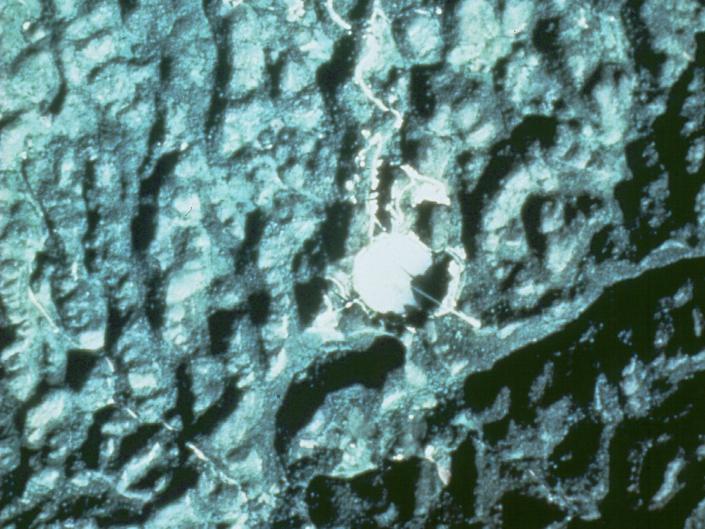
Members of Arecibo’s neighboring communities helped construct the observatory.

The observatory first opened in November 1963. It was initially made of metal mesh, meaning you could see through it to the sinkhole below.
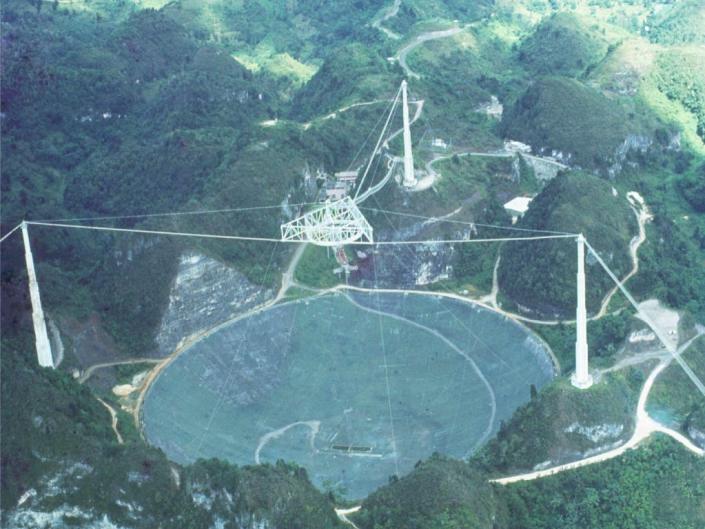
Arecibo was a workhorse for astronomers.
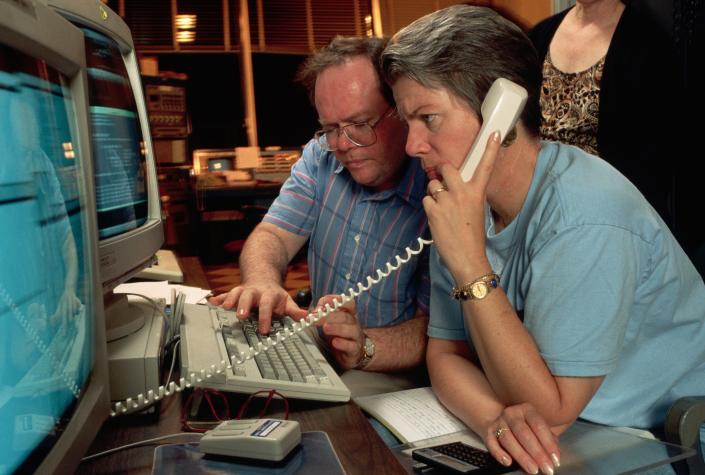
In 1974, it beamed the first radio message intended for an alien audience. The coded message detailed chemical formulas for components of DNA, as well as simple drawings of a human figure and Arecibo.

It detected the first known exoplanet orbiting a pulsar, or dense remnants of a collapsed giant star that emit radiation, in 1992.

The telescope was a film star thanks to appearances in “GoldenEye” and “Contact.”

The radio telescope had a 1,000-foot-wide, aluminum-lined dish that covered 18 acres in northwest Puerto Rico.

Cables helped support a metal platform high above the dish.

The receiver was on a 900-ton platform, suspended 450 feet above the dish, on a 304-foot moveable arm.

It collapsed in December 2020, after being battered by Hurricane Maria in 2017 and rattled by earthquakes.
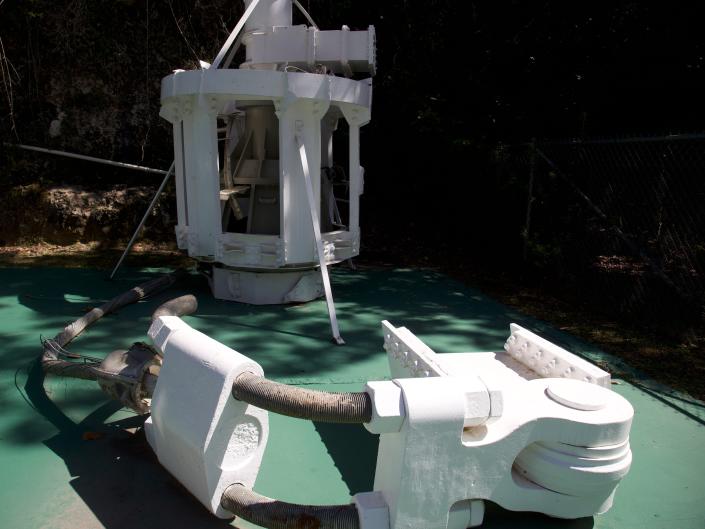
Videos of the crash show it began when cables connecting the hanging platform to one of the towers snapped.
There are 19,000 remaining panels on the dish from the original 37,000.
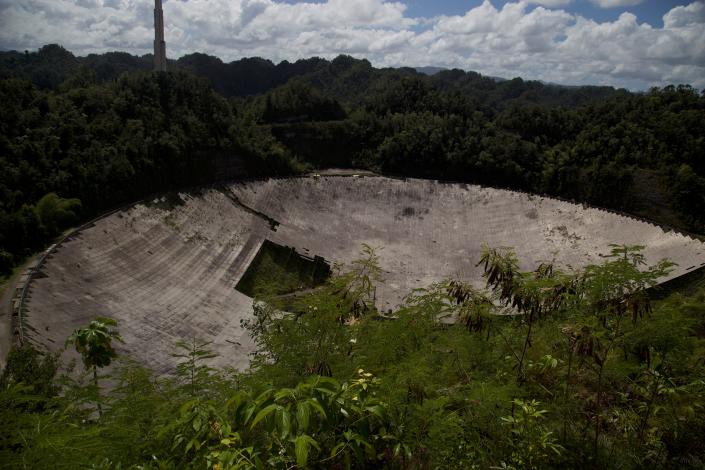
Side-by-side images of the Arecibo Observatory, before and after its collapse, show dramatic damage that ended an era in space research.

The National Science Foundation recently announced it wouldn’t rebuild Arecibo. The telescope’s legacy, however, will live on.

Read the original article on Business Insider



